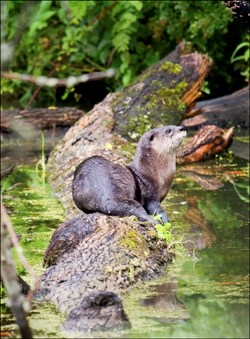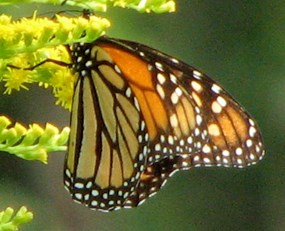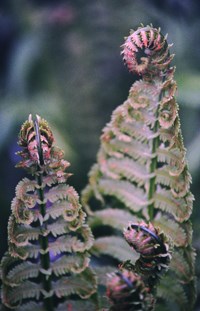
©PETE HENDRICKSON Returning Otter River otter can appear very similar to the mink, which also inhabit the Beaver Marsh and the same areas often preferred by otters. To identify the river otter, look for a long (approximately four feet) streamlined aquatic animal with either dark brown or grey sleek fur that typically has a white mustache with whitish cheeks, and has a very long tail. At close range, all its feet will appear webbed-an ideal feature for this swift swimmer. Mink are noticeably smaller (approximately 1.5 feet), appearing totally dark brown with a very distinctive white patch under the chin. Once plentiful in Ohio, native river otter were extirpated by the early 1900s. In 1986, the Ohio Division of Wildlife began re-introducing the otter along several major Ohio Rivers. Having made a great comeback in 2002 they were delisted as a state endangered species and presently occur throughout eastern Ohio, including their return to CVNP. 
©NANCY PILTCH Graceful Fliers Visit the Monarch Butterfly in North America web site; a gateway to news, information, activities, and resources about the biology and conservation of this fascinating insect. The Monarch Larval Monitoring Project (MLMP) is a citizen science project involving volunteers from across the United States and Canada in monarch research. Help track the monarch butterfly migration each fall and spring as the butterflies travel to and from Mexico. Report your own observations of migrating butterflies to the migration map on the Journey North web site. Terra Vista Natural Study Area is also a great place to observe other striking butterflies, including the large black, eastern tiger and spicebush swallowtails; the very colorful, although uncommon, buckeye butterfly; the silvery orange great spangled fritillary; and brilliant clouded and orange sulfurs.

©JOHN CATALANO Also This Month Did you Know?
|
Last updated: December 17, 2018
